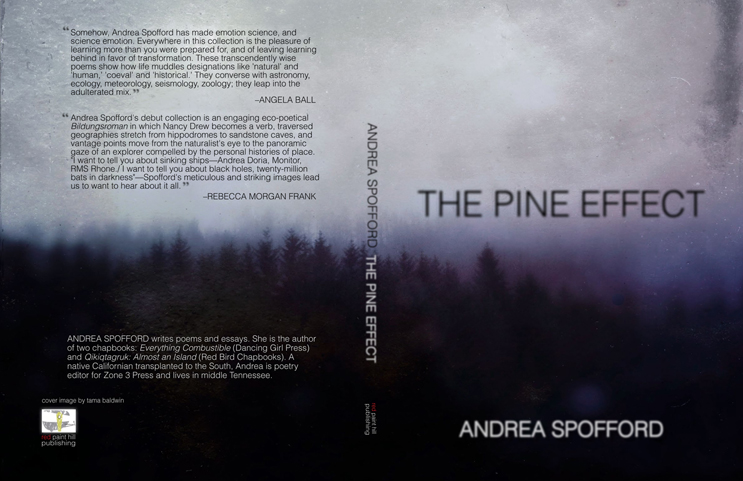
It's off to Kotzebue Alaska for me next Saturday February 15 where the high the day of my arrival is expected to be -6 F. After a winter of arctic temperatures here in Iowa the jet stream finally bucked the cold back up where it belongs and I'm chasing it as I apparently have not had enough of it. I can't wait to put on my Baffins, which are rated to -148 F, a number the company chose because there has never been a temperature recorded on earth that cold. Hmmmm. Marketing meets meteorology. I'll be happy as long as my feet stay warm as I pick my way across the Chukchi Sea. My goal is to photograph the sea ice, the aurora, ravens, and my favorite haunts along the Baldwin Peninsula. I'd considered researching who the Baldwin of the Baldwin pennisula might be, but the Baldwins are a mixed lot and and the story of the european incursion into this part of the world is fraught with a multitude of colonial horrors. I'm afraid of what I might find should there be any genealogical connection. Some things are better left alone. That feeling was confirmed last summer every time I went to pick up my mail in the post office in Kotzebue. Letters from my husband were often put in one of the "other Baldwin's" boxes and in the process of sorting all that out I learned they live up the Selawick somewhere, the other Baldwins. A meeting is inevitable, I suppose, given the smallness of the human community in that vast space but I don't want to hurry into that history. I don't expect to work in air above zero while I am there and to that end my favorite camera guru/salesman Roger has given me some creative advice about keeping both my hands and my batteries warm in that battery destroying temperature. I am most exited about the idea of vet-wrapping hand warmers to the tops of my hands to toast the blood supply running down into my fingers. Ingenious and so obvious.
Meanwhile, one of my dear little speedscapes is on its way to Minneapolis Center for Photography for inclusion in a wonderful show this spring: The Visual Narrative (see below).

The Visual Narrative, opening on March 14, will feature images selected by Susan Burnstine. My work in the exhibit is from a year-long series of landscapes I've been shooting while traveling at a high rate of speed--which is how most people these days experience landscape--as a fleeting presence glimpsed from the window of a train, plane, or car. I have been wondering how acceleration impacts our impression of a place and more importantly how it alters our feeling for the earth. Shooting while in motion is challenging in many new ways, and not unlike low-light photography in that it pushes me into a deeper appreciation of the physics of light.
It is always an honor to have your work chosen by someone whose work you admire--and I really love Susan Burnstine's work; her images defy conventional notions of time in photography. I often feel when looking at her images like I am looking through time or that time is a mosaic not a line and in the frame a multitude of potentialities are aligning themselves--not one. It is the opposite of commercial work and I am endlessly grateful to photographers like her for the inspiration of her work.
http://www.susanburnstine.com




